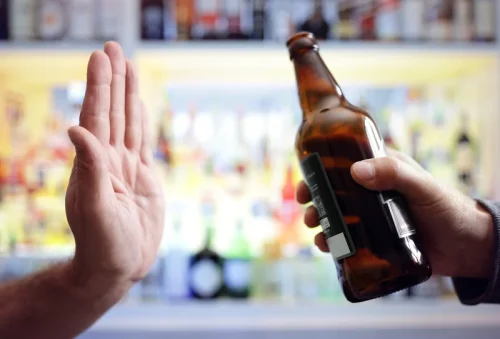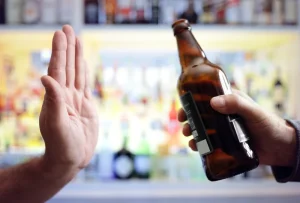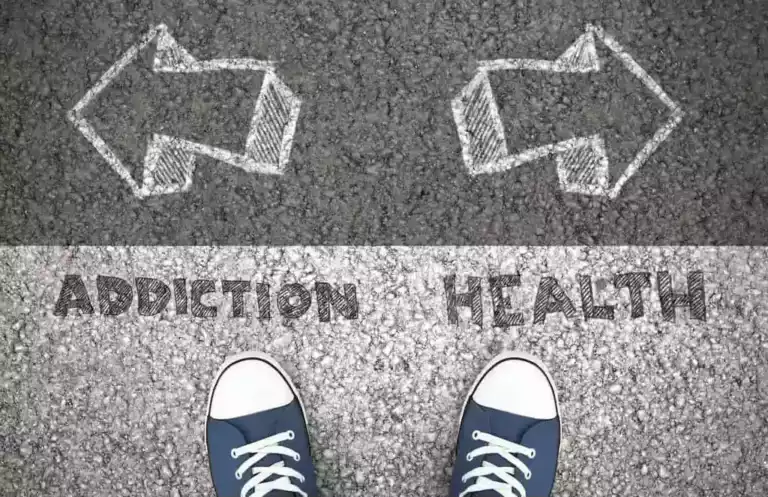
The benefits of alcohol recovery include improved organ function, reduced risk of liver disease, and restoration of overall health. Mental and emotional well-being significantly improves, with reduced stress, anxiety, and depression. It may lead to liver diseases, such as fatty liver disease and cirrhosis. Alcohol also increases the risk of death from car crashes, injuries, homicide, and suicide.
What differentiates alcohol abuse from alcoholism?
- The first stage, abstinence, involves managing withdrawal symptoms and cravings under medical supervision.
- They may also use blood tests to assess your overall health, paying special attention to areas of the body most impacted by alcohol, including the brain and other parts of the nervous system, as well as the heart and liver.
- It’s important to be open with your health care provider about your lifestyle habits.
- It can cause you to be unable to function at work and in other areas of your life.
- On the other hand, most individuals who have been treated for a moderate to severe alcohol-use disorder have relapsed at least once during the first year after treatment.
Detox lasts 3 to what is alcohol abuse 10 days, during which withdrawal symptoms are managed. Long-term lifestyle changes that are needed for alcohol recovery include building healthy relationships, adopting positive habits, managing stress effectively, and engaging in fulfilling activities. These changes help create a stable and supportive environment that reduces the risk of relapse and promotes overall well-being. Sober-living homes play an important role in alcohol recovery by providing a structured and supportive environment that helps individuals transition from rehabilitation to independent living.
Subscribe to MedicineNet’s Depression Newsletter

Finally, there are tailored approaches to take into account individual factors like liver disease severity, co-existing psychiatric conditions and socioeconomic barriers. AUD is the inability to control one’s drinking despite its negative health and social effects. People with alcohol use disorder often focus their lives around alcohol and consume increasingly greater amounts of alcohol and suffer withdrawal when drinking stops.
- Not everyone who binge drinks has an AUD, but they are at higher risk for getting one.
- Disulfiram disrupts the breakdown of alcohol in the liver, making a person feel ill if he or she drinks alcohol.
- It can be life-threatening, causing serious medical issues like seizures and hallucinations that require immediate medical care.
- Awareness of the definition and who is at risk for developing AUD can help people make better decisions about their use of alcohol.
- Abstinence is an initial phase that focuses on withdrawal management, detox, and resisting cravings.
- Drinking alcohol excessively can affect the quality of his sperm.
Comprehensive Care Centers

Remember, alcoholism is not a sign of weakness or poor character. It is never easy for family members and friends to talk about a drinking problem. A professional may have to help loved ones — kindly, but realistically — talk to the drinker about the painful impact that drinking has on them. During an office visit, a health care professional will likely focus on the following. As much shame as symptoms may trigger, drinking problems are an understandable human predicament. The best strategy is to be frank in response to a doctor’s questions.
Unfortunately, the longer the illness persists, the harder it is to treat. Alcohol misuse may lead people to skip meals or maintain a diet that lacks balance. A national survey published in 2019 reported that 14.1 million adults (5.6%) and 414,000 adolescents aged years (1.7%) were experiencing AUD in 2019 in the United States. Very high concentrations of alcohol in the blood can cause breathing problems, coma, or death.

The exact mechanism that causes people to misuse alcohol is unclear. You shouldn’t attempt to drive or operate heavy machinery while under the effects of alcohol. In the United States, the legal limit for driving under the influence of alcohol is 0.08 percent, except in the state of Utah, where it’s 0.05 percent.

Alcohol Use Disorder Effects and Complications
Alcohol use disorder can lead to a number of physical issues and may even create a mental health condition, leading to a double classification for the alcoholic. The stress, the social perceptions of these issues may reinforce abusive drinking habits. Depression and anxiety frequently occur along with an alcohol use disorder. It is very important to get treatment for such disorders if they are contributing to the problem. Consulting a doctor, therapist, or addiction specialist guides available treatment options, such as medical detox, inpatient or outpatient rehab, and therapy.
What are the Symptoms of Alcohol Use Disorder (AUD)?
Fellowship groups such as Alcoholics Anonymous are often very helpful. If you have a concern that you have AUD, you can Alcohol Use Disorder see a health professional for consultation. AUD refers to what is colloquially known as alcoholism, which is a term that the DSM-5 no longer uses.
As alcohol abuse progresses, the individual develops a tolerance to alcohol. He or she must drink more alcohol to get the desired good feeling or to get intoxicated. Why some people abuse alcohol and others don’t is not fully understood, but a family history of addiction to alcohol places a person at higher risk.

The skin of a patient with alcoholic cirrhosis can feature spider angiomas, palmar erythema, and — in acute liver failure — jaundice and ascites. The derangements of the endocrine system may lead to the enlargement of the male breasts. The inability to process toxic metabolites such as ammonia in alcoholic cirrhosis may lead to hepatic encephalopathy. Health care professionals use criteria from the Diagnostic and Statistical Manual of Mental Disorders, Fifth Edition (DSM-5), to assess whether a person has AUD and to determine the severity, if the disorder is present.
 Chat với tư vấn viên
Chat với tư vấn viên Gọi ngay
Gọi ngay
Tin cùng chuyên mục:
THÔNG BÁO Số 72/TB-BVĐK ngày 28/8/2025 V/v xin báo giá đơn vị cung cấp dịch vụ sửa chữa thiết bị y tế tại Bệnh viện Đa khoa tỉnh Sóc Trăng
THÔNG BÁO Số 71/TB-BVĐK ngày 26/8/2025 V/v xin báo giá để làm cơ sở lập kế hoạch lựa chọn nhà thầu dịch vụ cung cấp suất ăn nội trú cho bệnh nhân tại Bệnh viện Đa khoa tỉnh Sóc Trăng giai đoạn 2026 – 2027
THÔNG BÁO Số 69/TB-BVĐK ngày 25/8/2025 V/v xin báo giá các mặt hàng thuốc sử dụng cho Bệnh viện Đa khoa tỉnh Só Trăng năm 2025
THÔNG BÁO Số 68/TB-BVĐK ngày 22/8/2025 V/v xin báo giá đơn vị cung cấp dịch vụ sửa chữa ô tô cứu thương biển số 81a-004.56 cho Bệnh viện Đa khoa tỉnh Sóc Trăng